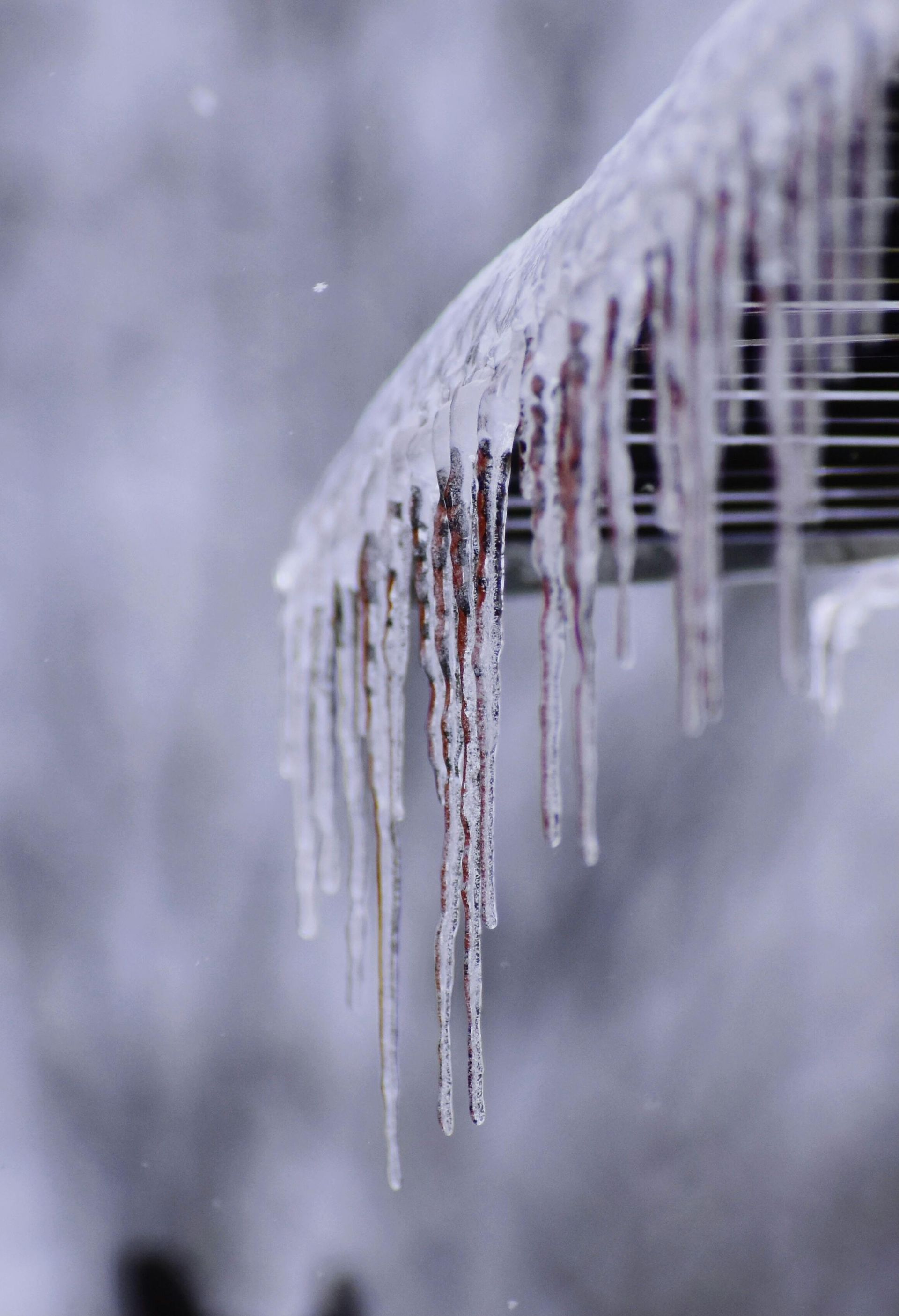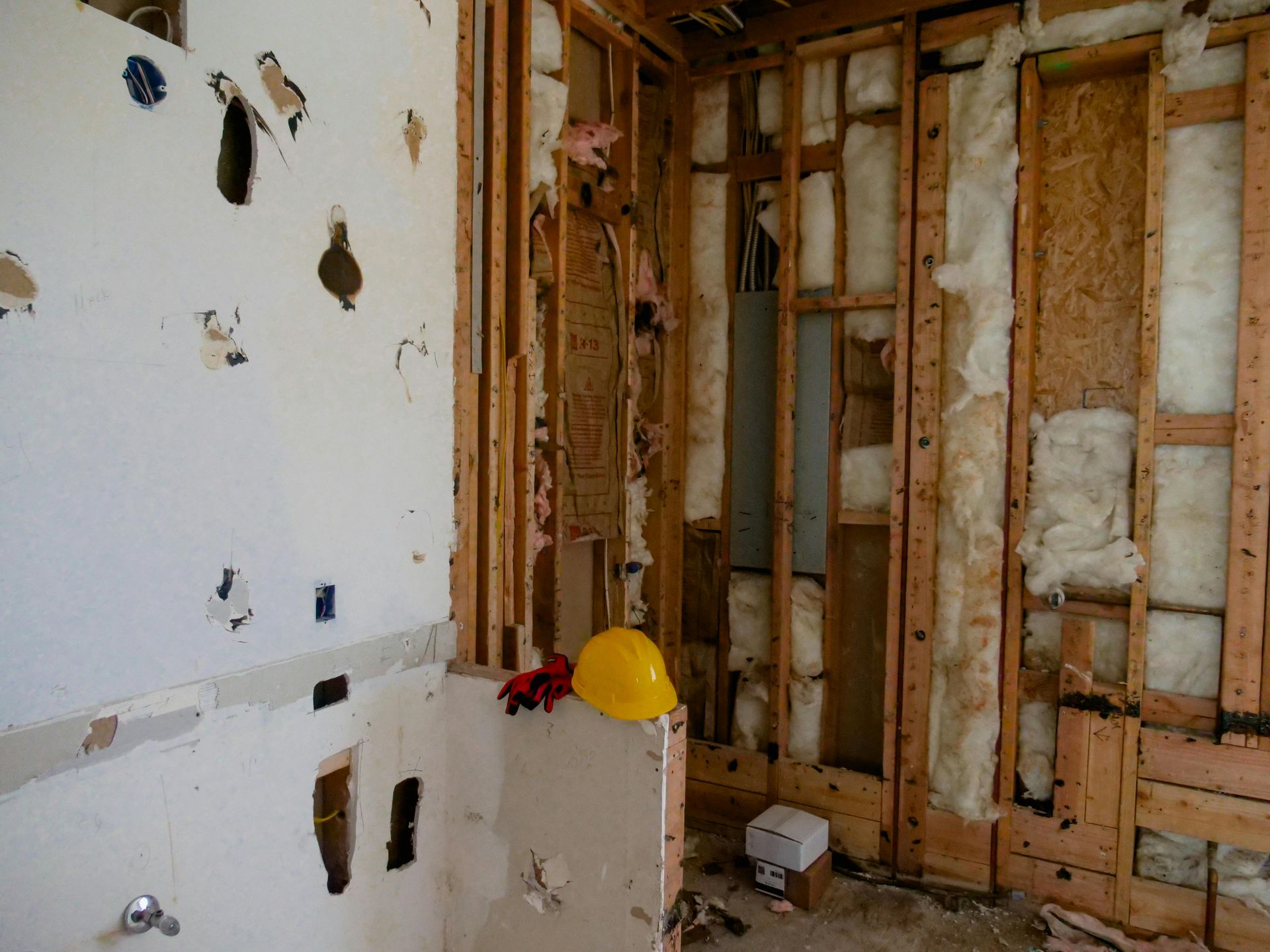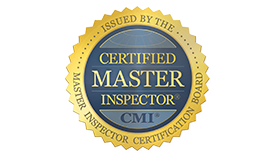Top 10 Home Maintenance Tasks for Spring
Spring is the perfect time to give your home the attention it needs after the harsh winter months.
Winter’s extreme weather of snow, ice and freezing temperatures—can take a toll on your home’s exterior and even cause hidden damage to the interior.
A spring home inspection can help you spot potential issues before they become costly repairs.
Below are the top 10 home maintenance tasks you should prioritize this spring to ensure your home stays in top condition:
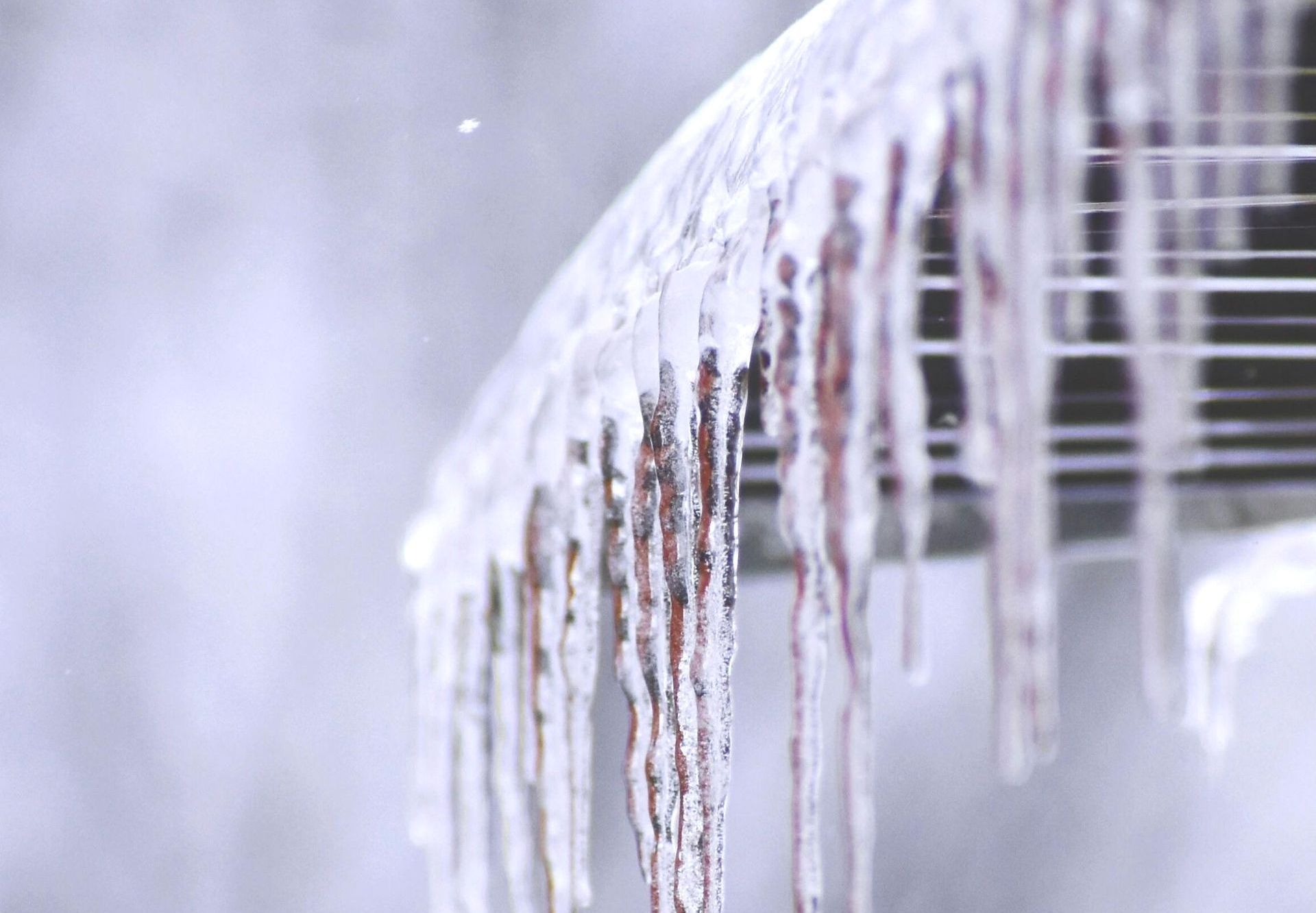
Roof: Inspect your roof for winter damage
The roof is one of the most vulnerable parts of your home during winter. Ice dams, heavy snow, and strong winds can cause shingles to loosen or even create leaks. Start by checking for missing, cracked, or damaged shingles. You should double check any roof flashings or other areas for deteriorated sealant. Many minor issues can be remedied just with a tube of appropriate roofing sealant. Don't be afraid to poke your head up through your attic access hatch to see if anything looks wet or stained from the inside. If you're unsure about the condition, it's best to call in a certified professional to perform a thorough roof inspection.
Clear Gutters and Downspouts
Over the winter, leaves, twigs, and debris often build up in gutters, which can cause water to overflow and damage the foundation or siding. Now that the weather is warming up, and all the ice is melting, clean out your gutters to ensure proper drainage. Once the gutters are clean you can make sure that all the seams are well sealed. Be sure your downspouts are directed away from your home’s foundation with at least 6' extensions to prevent water damage.
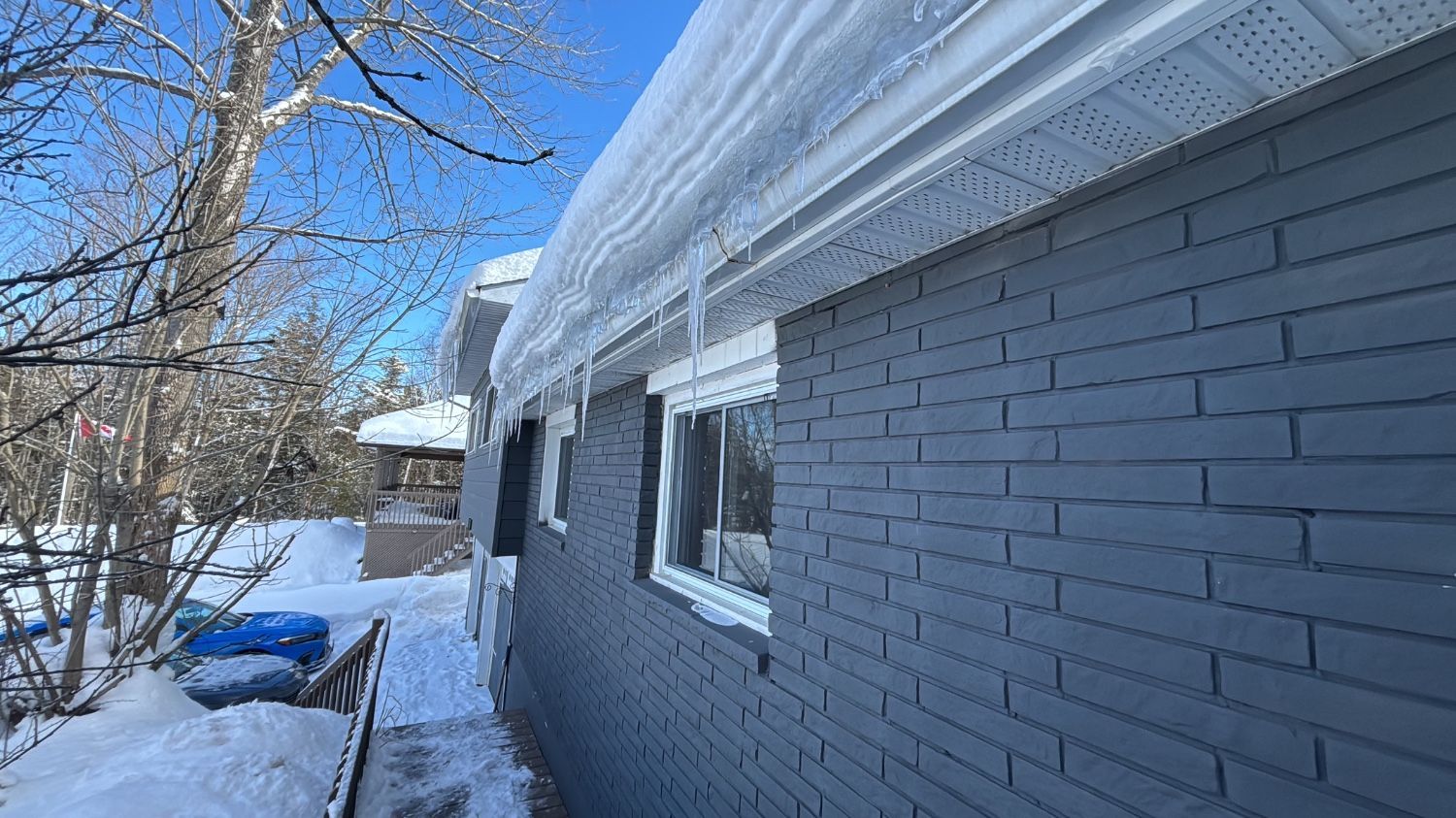
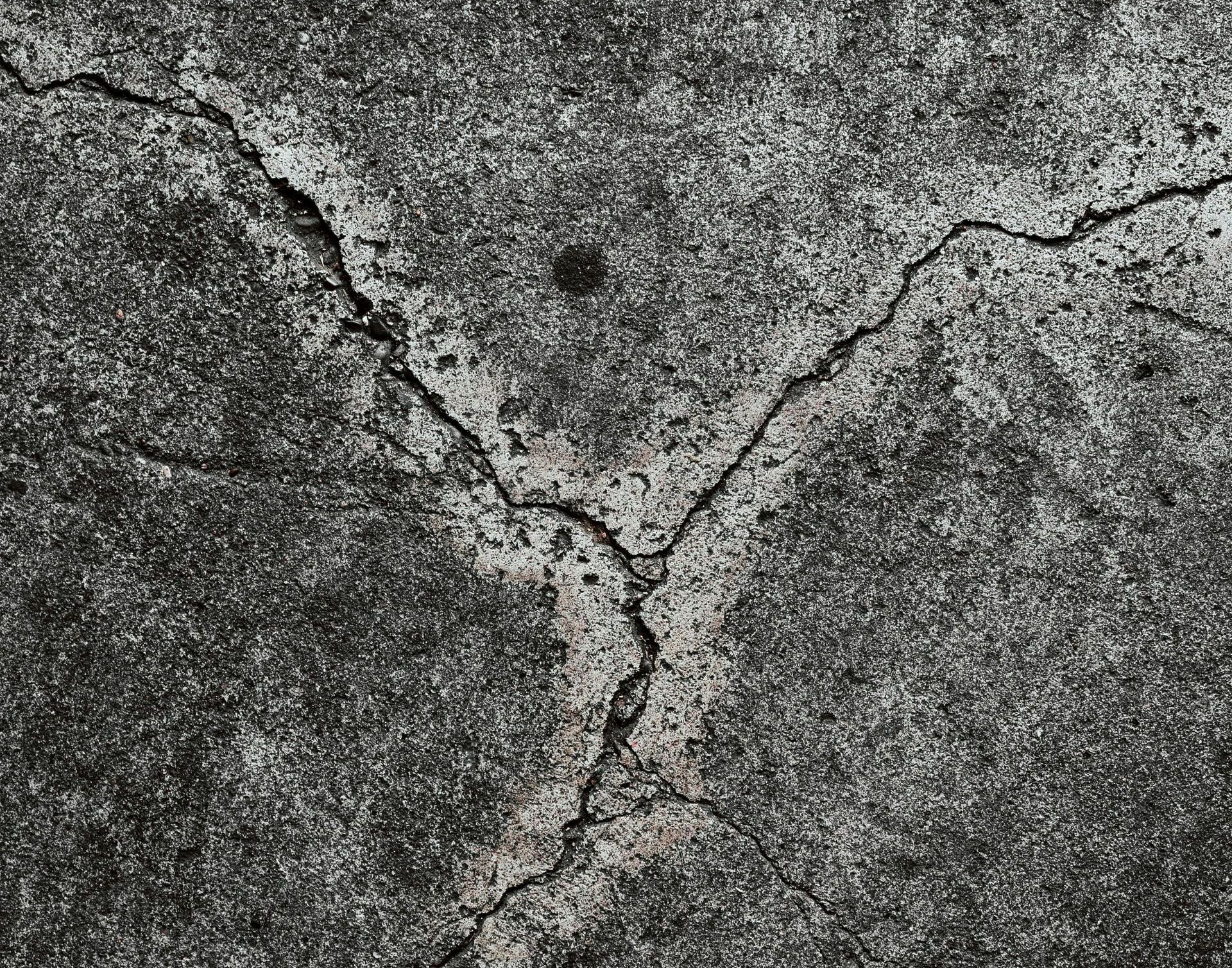
Check the Exterior for Cracks or Damage
Winter can cause foundation problems due to freezing and thawing cycles, leading to cracks in walls or the foundation itself. Inspect your home’s exterior for visible cracks, particularly around windows and doors. If you find any, seal them to prevent water from entering, which could lead to mold growth or structural issues.
Typically cracks that are less than 4 millimetres in width are not much of a concern, but sealing them up can help prevent the crack from becoming a bigger issue.
Examine Siding for Damage
Winter weather can cause siding to warp, crack, or peel. After months of freezing temperatures and snow, inspect the siding for signs of damage. Repair or replace damaged sections to prevent moisture from seeping into the interior and causing mold or rot. Siding should be installed in a manner that accommodates seasonal movement and a weather resistant barrier should be installed on the exterior sheathing behind the siding.
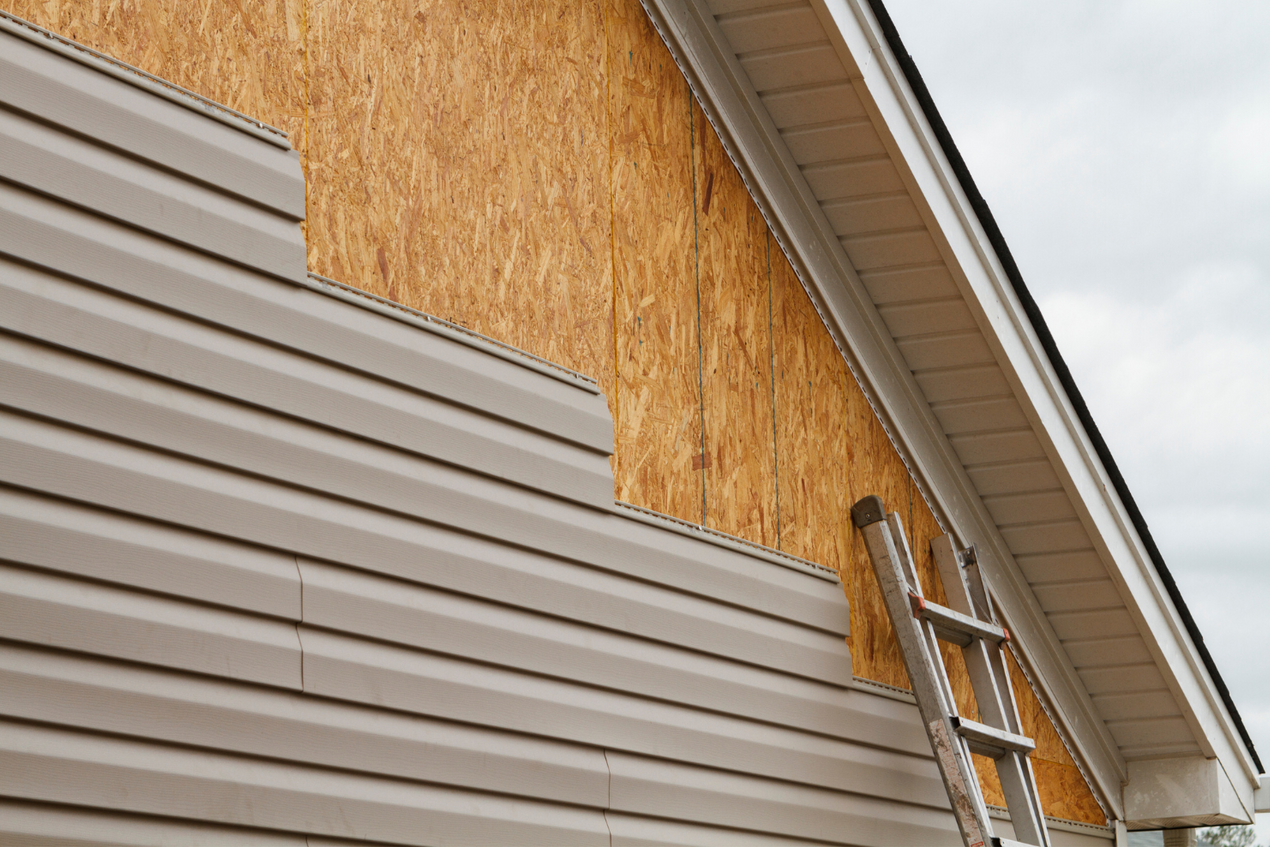

Check Windows and Doors for Leaks
Over time, the seals around windows and doors can deteriorate, especially during harsh winter months. Check for drafts or moisture around your windows and doors. If you find any, reseal the gaps or replace weatherstripping to improve energy efficiency. Spring is also a great time to clean your windows and doors. Keeping the frames, jambs, sills, tracks and sashes clean will ensure that they continue to perform at their best.
Examine the Chimney and Fireplace
Winter is the season for cozy fires, and your chimney may have accumulated soot, debris, or even bird nests during use. Have your chimney inspected and cleaned to ensure it’s safe to use in the coming months. Also, inspect your fireplace for any damage, including the flue and damper, to ensure it’s operating safely.
Examine your brick or metal chimney or any other roof penetrations for any cracks or gaps that may have developed over the winter. Any holes through the roof need to be appropriately sealed to prevent moisture intrusion in these highly vulnerable areas.

Inspect and Maintain the Lawn and Landscaping
Spring is the time to give your yard some love after the winter months. Trim back dead or overgrown shrubs, rake up leftover leaves, and plant new greenery if needed. Check your sprinkler system for leaks and test it to ensure it’s working properly as the weather warms.
Inspect the Driveways and Walkways
The freezing and thawing cycles of winter can cause cracks in concrete or asphalt. Inspect your driveway, walkways, and other paved surfaces for cracks and potholes. Sealing these cracks now can help prevent further damage and keep your home looking well-maintained.
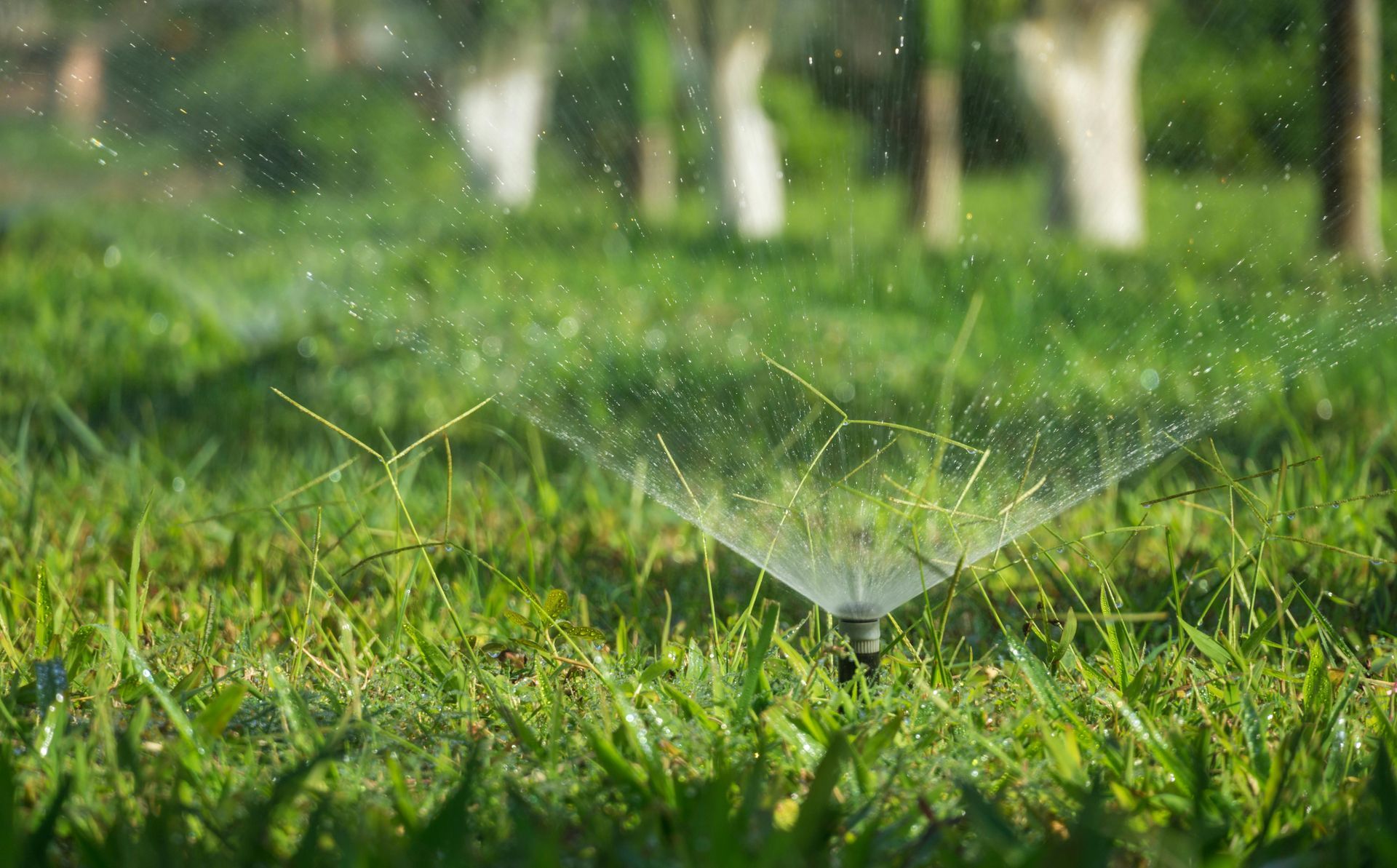
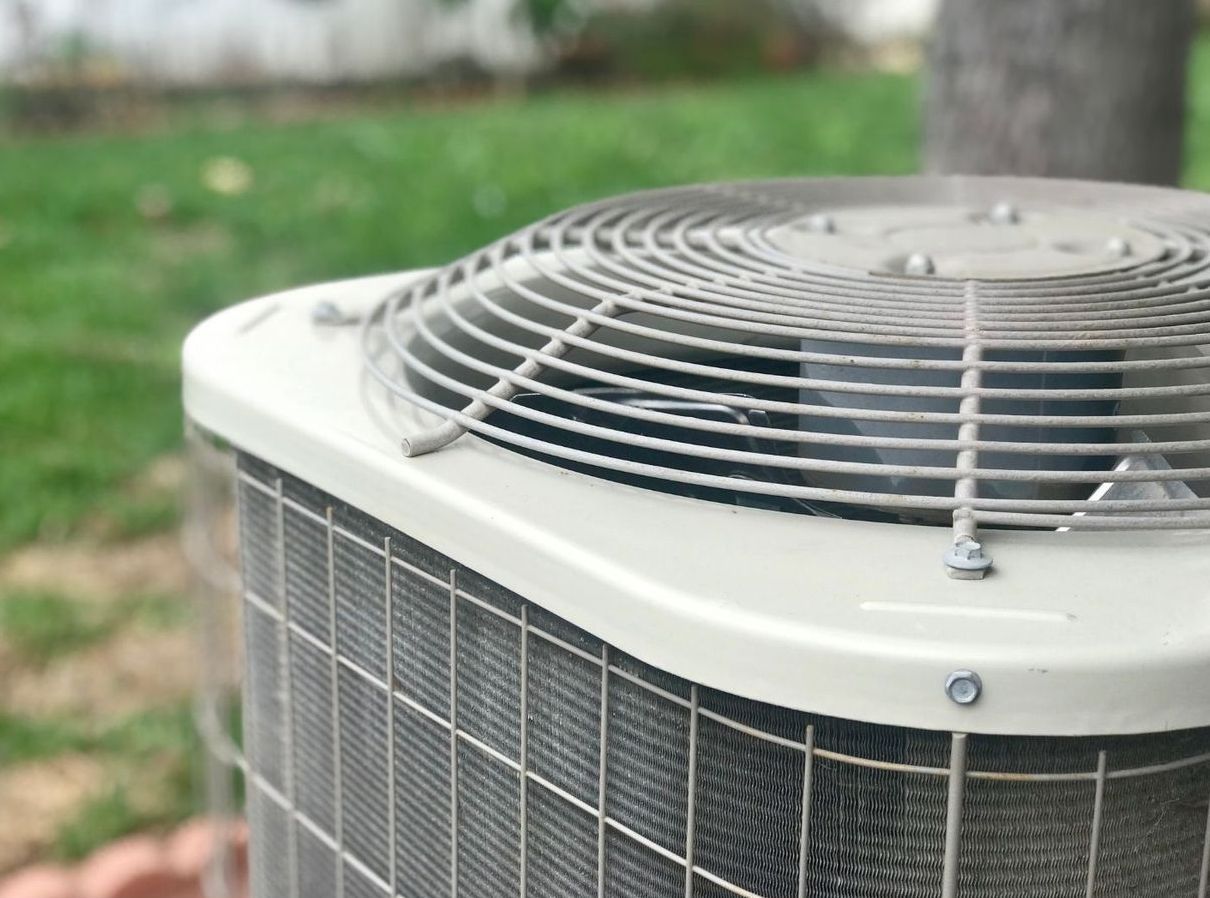
Service Your Air Conditioner Unit
After months of dormancy, your air conditioning unit may need some attention before the heat of summer hits. Change the furnace air filter, clean the AC condenser coils, and check the thermostat to make sure your AC unit is ready for the warmer months. This simple maintenance can improve energy efficiency and extend the lifespan of your system.
Check for Mold and Moisture in the Interior
The combination of melting snow and increased moisture in the air can create the perfect conditions for mold growth. Inspect your basement, attic, and any other damp areas of your home for signs of moisture or mold. Address any leaks in plumbing or roof leaks promptly, and use dehumidifiers in areas that are prone to moisture build-up.
At Legacy Home Inspection, we pride ourselves on providing thorough and reliable Home Maintenance Inspections
Spring is a great time to schedule a professional home inspection. A certified home inspector can spot issues that might not be immediately visible to homeowners. From roof damage to hidden mold, getting a thorough inspection can help you catch problems before they become costly repairs.
By taking these simple yet important maintenance steps, you’ll protect your home from potential damage and ensure that it’s ready for the warmer months. If you're unsure about any tasks or prefer a professional assessment, don't hesitate to call a trusted home inspection company to guide you through the process.
Happy spring cleaning!

